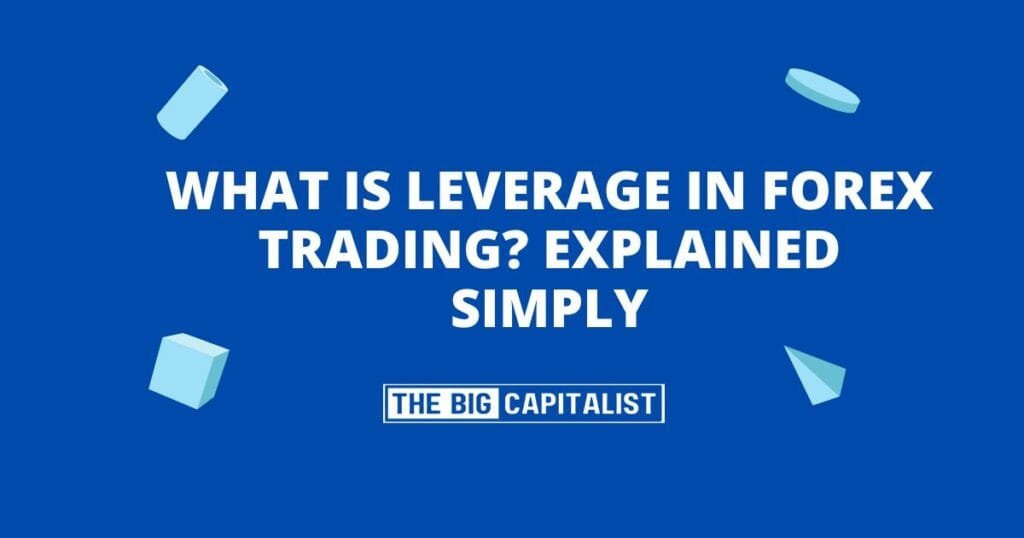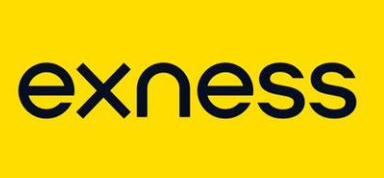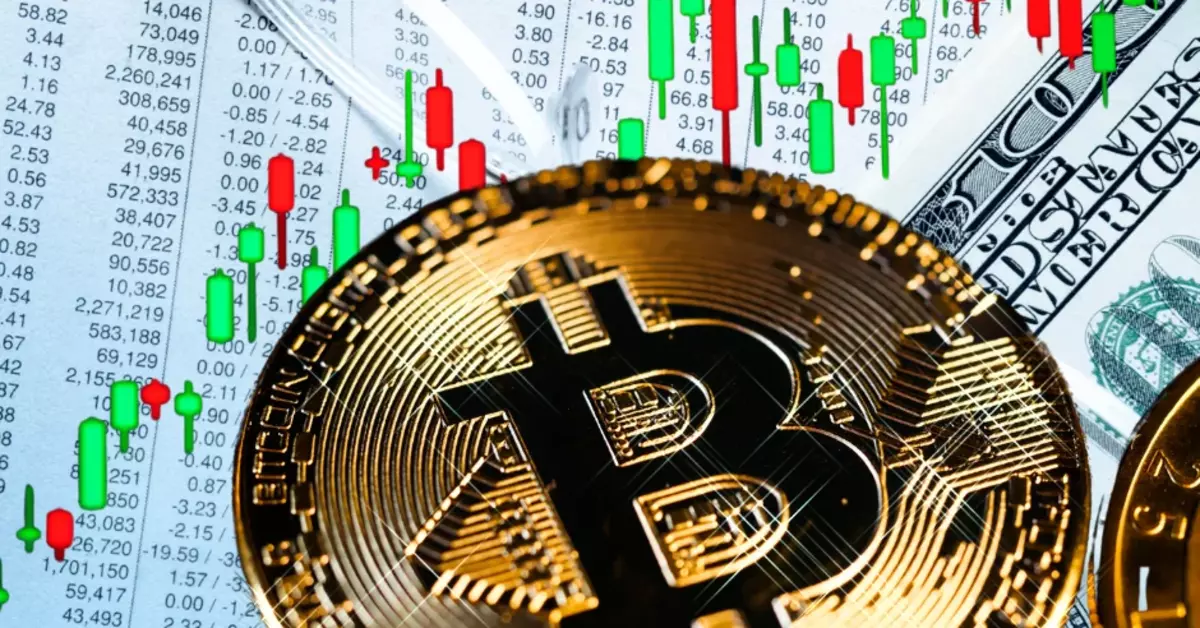Leverage in Forex trading is like using a small deposit to control a much larger trading position. Think of it like taking out a short-term loan from your broker. You put down some of your own money, called your margin. The broker then lends you more money. This lets you trade larger amounts of currency. This can boost your potential profits, but it can also amplify your losses just as quickly.
1. How Does Leverage Work?
- Margin Deposit: When you open your Forex account, you’ll deposit some money. This is your margin and crucial in leveraging your trading.
- Leverage Ratio: Brokers often describe leverage with a ratio, like 50:1, 100:1, or 500:1. If your leverage is 100:1, you can trade $100,000 worth of currency with just $1,000 of your own money.
Example:
- If you have $1,000 in your account with 100:1 leverage, you can trade up to $100,000 worth of currency.
- A tiny price move (say 1% in your favor) on $100,000 is $1,000 profit, which effectively doubles your initial $1,000.
- But if the market moves against you by 1%, you could lose your $1,000 just as fast. Thus, leverage in Forex trading can be risky.
Example
If you have $1,000 in your account with 100:1 leverage, you can trade up to $100,000 worth of currency.
A tiny price move (say 1% in your favor) on $100,000 is $1,000 profit, which effectively doubles your initial $1,000.
But if the market moves against you by 1%, you could lose your $1,000 just as fast.
2. Why Do Traders Use Leverage?
- Potentially Bigger Profits
If the market moves your way, you earn more than if you only traded with your own smaller amount. - More Trading Opportunities
Leverage lets you hold positions in multiple currency pairs at once—even if you don’t have a big account balance. Thus, Forex trading leverage is advantageous here. - Flexibility
Many brokers let you adjust your leverage, so you can choose how much you want to “borrow” based on your risk comfort.
3. The Risks of High Leverage
- Magnified Losses
The downside to bigger potential gains is bigger potential losses. A small price drop can wipe out your account quickly, making leveraging in Forex trading a double-edged sword. - Margin Calls
If your trades do poorly and your account balance drops too low, your broker may ask you to add more money. This is called a “margin call.” If you don’t add money, your broker might close your trades to prevent bigger losses. - Emotional Ups and Downs
Large swings in your account balance can be stressful, tempting you to make rash decisions.
4. Tips for Safer Leverage Usage
- Start Small
If you’re new, try lower leverage (like 10:1 or 20:1). It’s easier to manage risk when the stakes aren’t sky-high. - Use Stop-Loss Orders
A stop-loss closes your trade automatically if the price goes against you beyond a certain point. This way, you limit how much you lose if the market turns. - Stick to a Risk Management Plan
Decide how much of your account you’re willing to risk per trade—say 1% or 2%. This helps prevent major wipeouts. Proper use of leverage in Forex trading involves this crucial plan. - Diversify
Don’t put all your margin into one trade. Spread your trades across different currency pairs or other markets. - Monitor Margin
Keep an eye on your free margin (the unused portion of your account balance). If it drops too low, you risk a margin call.
5. Key Takeaways
- Leverage is basically borrowed funds that let you control bigger Forex trades.
- It can increase both your profits and your losses.
- Risk management is critical—use tools like stop-losses, limit orders, and sensible position sizing.
- Always remember: Higher leverage = higher risk. Be sure you understand this before taking big leveraged positions.
Conclusion
Leverage in Forex trading can be a powerful tool—if you use it wisely. It lets you trade larger amounts of currency than you could with your own money alone. On the flip side, it also raises the stakes and can lead to fast losses. Always have a solid plan, keep your emotions in check, and never risk more than you can afford to lose. With the right approach, leverage can help you reach your trading goals without exposing you to unnecessary risks in Forex trading.
Leverage in Trading – FAQs
Q1: Can I lose more money than I deposit when using leverage?
A: Yes, if you’re not careful. Since you’re controlling a much larger amount of money than you actually have, even small market moves can lead to big losses. That’s why risk management and stop-loss orders are so important.
Q2: What’s a safe leverage ratio for beginners?
A: Many beginners start with lower ratios like 10:1 or 20:1. These still let you trade larger positions but help keep risk under control while you learn the market.
















